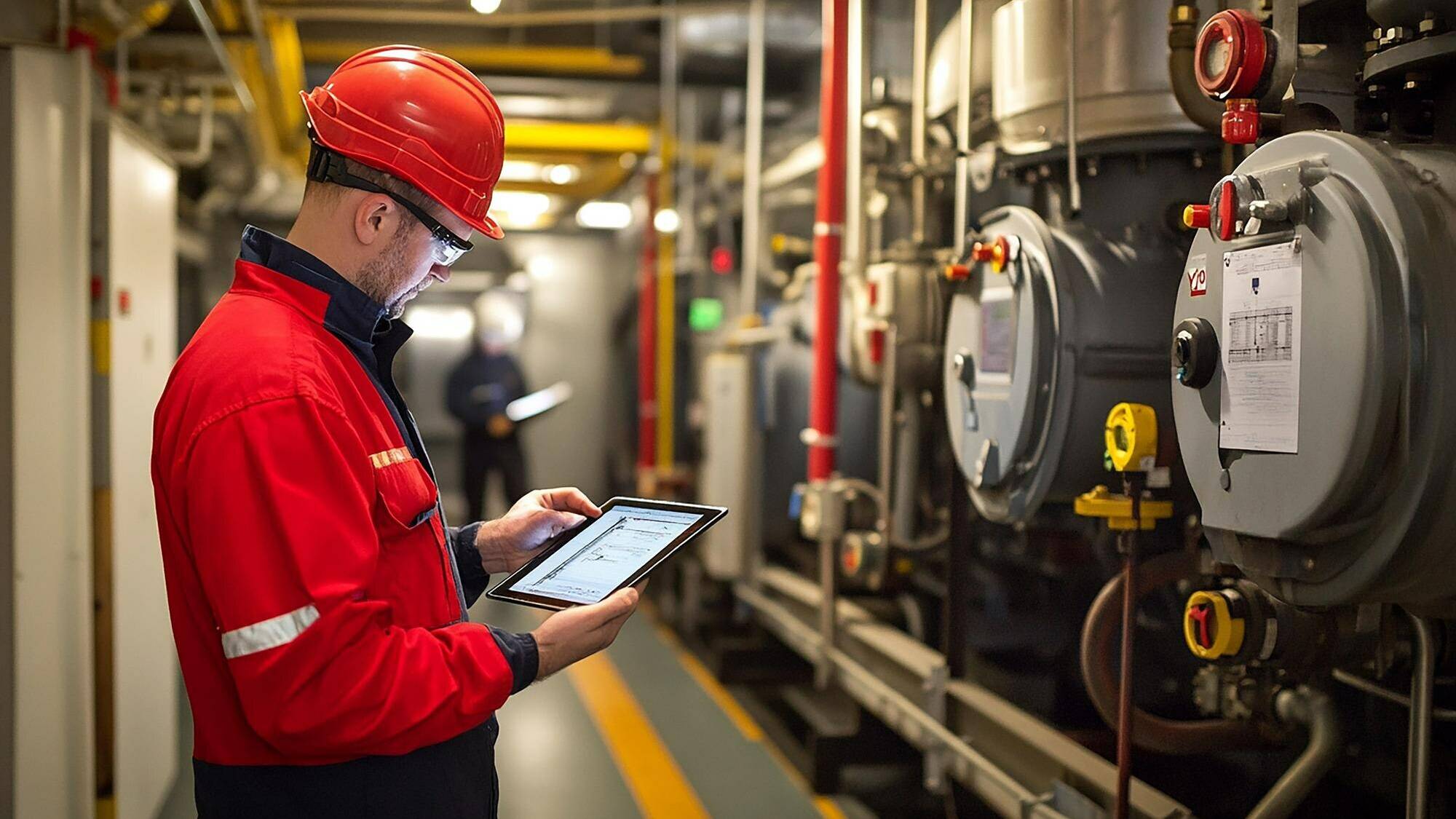public safety
Vigilance Reimagined, Safety Assured
ThoughtRipples’ FABSAFE revolutionizes hazardous chemical transport in Kerala, transforming fragmented oversight into a cutting-edge digital shield that safeguards lives, protects the environment, and sets new benchmarks in public safety governance.
Digital innovation in public safety
The Challenge: Safeguarding Kerala Against Chemical Threats
The Department of Factories and Boilers, Government of Kerala, faced a monumental task
-
Ensure the safe transport of hazardous chemicals across a diverse, populous state
-
Mitigate potentially catastrophic risks to public safety and the environment
-
Overcome the limitations of fragmented, reactive safety measures

ThoughtRipples leveraged its advanced Governance Platform to create FABSAFE - a revolutionary solution poised to redefine chemical transport safety.
redefine chemical transport safety.
Transforming Chemical Safety Through Digital Innovation
Recognizing the critical nature of this challenge, ThoughtRipples leveraged its advanced Governance Platform to create FABSAFE – a revolutionary solution poised to redefine chemical transport safety.
Emergency Response Command Center
The Solution: FABSAFE - Powered by ThoughtRipples' Governance Platform
ThoughtRipples engineered a comprehensive, integrated solution:
Real-time Vigilance Network
GPS-enabled tracking of hazardous chemical transports Advanced algorithms for route optimization and risk assessment Continuous monitoring of speed, location, and safety protocol adherence Emergency Response Command Center
State-of-the-art control room equipped with FABSAFE's cutting-edge interface Rapid incident assessment and multi-agency coordination capabilities Predictive analytics for proactive threat identification Intelligent Safety Recommendation System
Machine learning algorithms analyzing real-time and historical data Automated generation of context-specific safety protocols Continuous refinement of safety measures based on emerging patterns

Redefining Chemical Safety Paradigms
Unprecedented Emergency Readiness
Impact: Redefining Chemical Safety Paradigms
The deployment of FABSAFE, powered by ThoughtRipples' Governance Platform, revolutionized Kerala's approach to chemical safety:
Unprecedented Emergency Readiness:
60% reduction in emergency response times Potential disasters averted through early warning systems Proactive Risk Mitigation:
40% decrease in hazardous chemical transport incidents Continuous refinement of safety protocols based on real-time data Enhanced Regulatory Compliance:
95% improvement in adherence to safety regulations Real-time visibility enabling swift enforcement actions Inter-agency Synergy:
Seamless collaboration among multiple government departments Unified approach to chemical safety across the state Data-Driven Policy Evolution:
Evidence-based refinement of chemical transport regulations Predictive modeling guiding long-term safety strategies

Data-Driven Policy Evolution
Benchmarks in Public Safety
Conclusion: Setting New Benchmarks in Public Safety
FABSAFE, built on ThoughtRipples’ powerful Governance Platform, stands as a testament to the transformative power of digital innovation in public safety. By seamlessly integrating cutting-edge technology with governmental processes, we’ve not only addressed Kerala’s immediate chemical safety challenges but have established a new global standard in hazardous material management.
This groundbreaking initiative exemplifies ThoughtRipples’ commitment to leveraging technology for critical public safety enhancements. We’re not just developing applications; we’re architecting comprehensive digital ecosystems that empower governments to protect citizens with unprecedented efficiency and foresight.
Through FABSAFE, ThoughtRipples has demonstrated the immense potential of its Governance Platform in addressing complex public safety challenges, paving the way for safer, more resilient communities across India and beyond.
Related Posts
October 9, 2024
Navigating the Future: Unified Mobile App Transforms National Highway User Experience
Comprehensive mobile platform to provide real-time highway information,…
October 9, 2024
Empowering HR: ThoughtRipples’ Custom Online Transfer System Transforms KSEB’s Workforce Management
Streamline complex employee transfer process, balancing organizational needs…
October 9, 2024
Empowering Local Governance: ThoughtRipples’ Custom Website Solution for Kerala’s LSGD
Comprehensive digital platform to effectively communicate its activities,…

